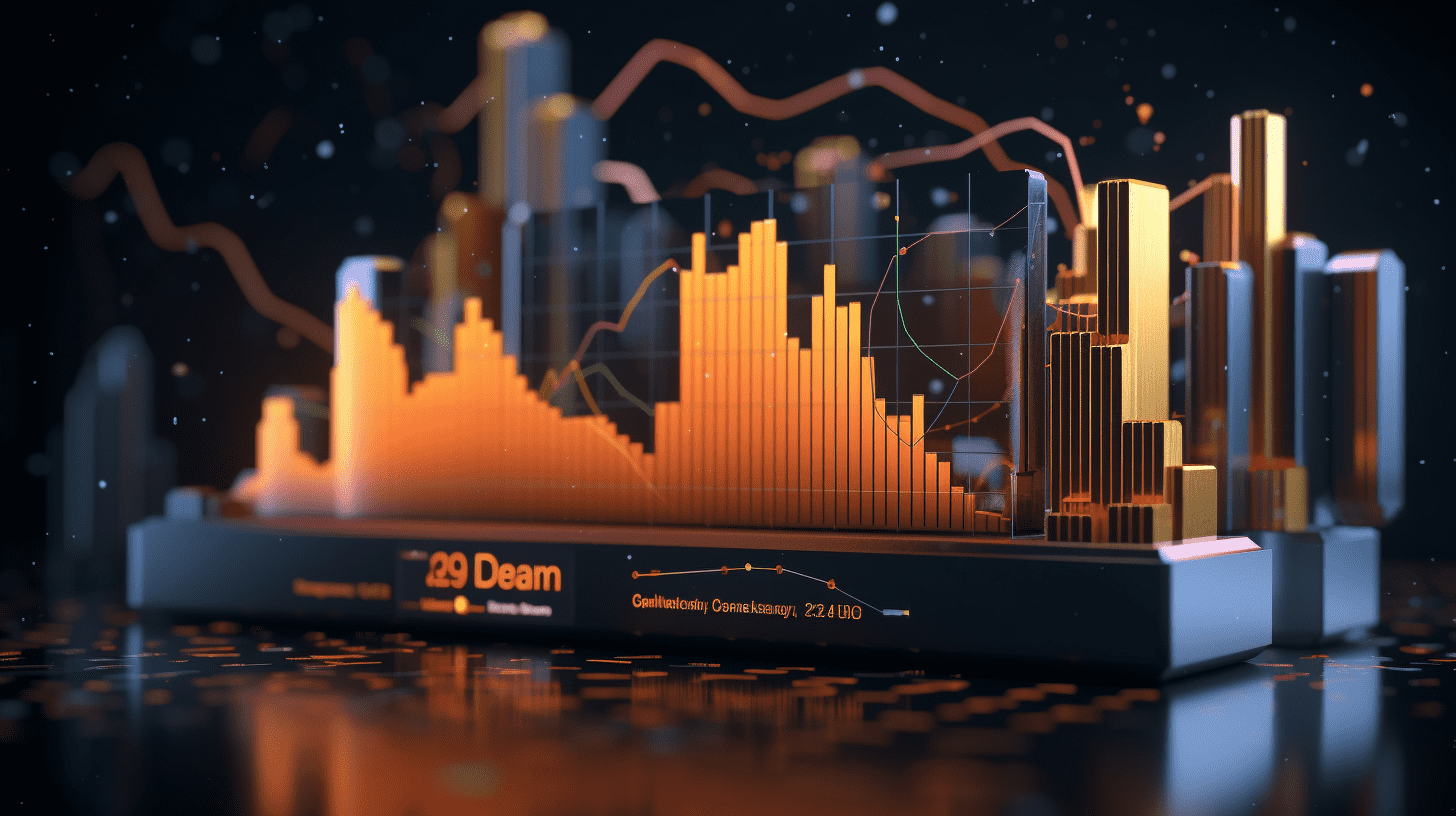
Shenwan Hongyuan Group: Under the impact of US tariff 2.0, pay attention to long-term inflation expectations, corporate capital expenditure, etc.
Shenwan Hongyuan Group Securities released a research report stating that the U.S. "equal tariffs" have been implemented, and the comparison of the strength, sequence, and continuity of stagnation and inflation may become the main contradiction of monetary policy and financial market performance. Currently, there is no significant upward pressure on inflation. According to statements from Federal Reserve officials, the effects of tariffs on U.S. inflation may not be seen until June. Short-term attention should be focused on the "re-inflation" risk of commodities such as medicine, clothing, new cars, and multimedia devices (computers) in U.S. consumer goods consumption, which highly rely on imports. In the medium term, the core factor driving service inflation is still the job market. Long-term inflation expectations are the core elements that determine whether the Federal Reserve pays more attention to "stagnation" or "inflation". The Federal Reserve's capital expenditure survey, manufacturing PMI, or the best indicators to measure the short-term impact of tariffs on the economy. Shenwan Hongyuan Group's views are as follows:
1. The economic principle of tariff impact: One-time cost impact leading to an "inflation stagnation" pattern
Looking at the latest data, what is the impact of tariffs 2.0 on the U.S. real economy? 1) There is no significant upward pressure on inflation. U.S. import commodity prices in March only rose by -0.1% month-on-month, and core import prices were also weak. According to statements from Federal Reserve officials, the effects of tariffs on U.S. inflation may not be seen until June; 2) The U.S. economy is currently still "strong reality, weak expectations," with strong performances in March employment and retail.
The economic principle of tariff impact: Equal tariffs are one-time cost shocks, similar to the 2020 public health event, which led to an "inflation stagnation" pattern in the economy. Tariffs will raise import prices and restrain import demand. Higher price levels will stimulate domestic production, benefiting some competitive enterprises. Overall, as consumers lose more, the net welfare is negative.
2. Review: During the tariff 1.0 period, the footprint of "inflation stagnation" in the U.S. economy
During the Trump tariff 1.0 period, what were the characteristics of the transmission of tariffs to U.S. inflation? 1) Tariffs were mainly borne by U.S. enterprises and consumers. The additional tariffs from tariff 1.0 were basically transmitted to the rise in U.S. import prices; 2) The increase in U.S. CPI and PPI prices was gradual, and inflation was "temporary." Taking the example of the washing machine tariff in 2018, the price increase lasted for 9 months and then fell.
After the landing of Trump 1.0 tariffs, the biggest short-term impact on the U.S. economy was on business investment. After the 301 tariff during July-September 2018, U.S. manufacturing PMI fell significantly. On the other hand, looking at Federal Reserve statements during the tariff 1.0 period and the historical features of the U.S. economy before recession, it can be seen that business investment is the most sensitive and needs the most attention when it comes to tariffs.
3. Under the impact of the tariff 2.0, how will the future U.S. economy evolve? Pay attention to long-term inflation expectations and business capital expenditure
How to track the pace of future U.S. inflation and which areas need special attention? Based on the proportion of imports of various components of the U.S. core PCE, it can be observed that commodities such as medicines, clothing, new cars, and multimedia devices (computers) in U.S. consumer goods consumption are highly dependent on imports, and short-term attention should be focused on the "re-inflation" risks of such goods. In the medium term, the core factor driving service inflation is still the job market.
Long-term inflation expectations are the core element determining whether the Federal Reserve pays more attention to "stagnation" or "inflation." Recently, Powell's remarks have shown a clear concern for the "persistence" of inflation, emphasizing the Federal Reserve's responsibility to maintain stable long-term inflation expectations. Currently, aside from the University of Michigan's inflation expectations, some of the Fed's published 5-year inflation expectations remain stable.
The Federal Reserve's capital expenditure survey, manufacturing PMI, are the best indicators to measure the short-term impact of tariffs on the economy. Structurally, looking at the manufacturing industry, as of April 9, the sectors with the highest import tariffs in the U.S. are textiles, clothing, leather, electrical equipment, etc., and it is necessary to continuously monitor whether shipments and orders have deteriorated to measure the impact of tariffs on economic growth.
Risk Warning
Escalation of geopolitical conflicts; U.S. economic slowdown beyond expectations; Unexpected turn of the Federal Reserve to "hawkish".
RECOMMEND
©️2013 - 2025 GMT EIGHT Holdings. All Rights Reserved.
Contact: [email protected]


